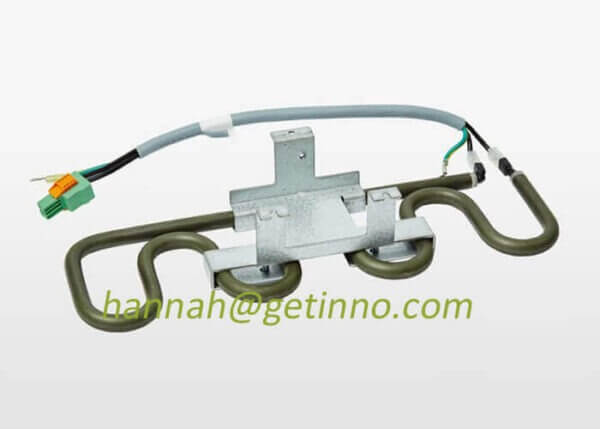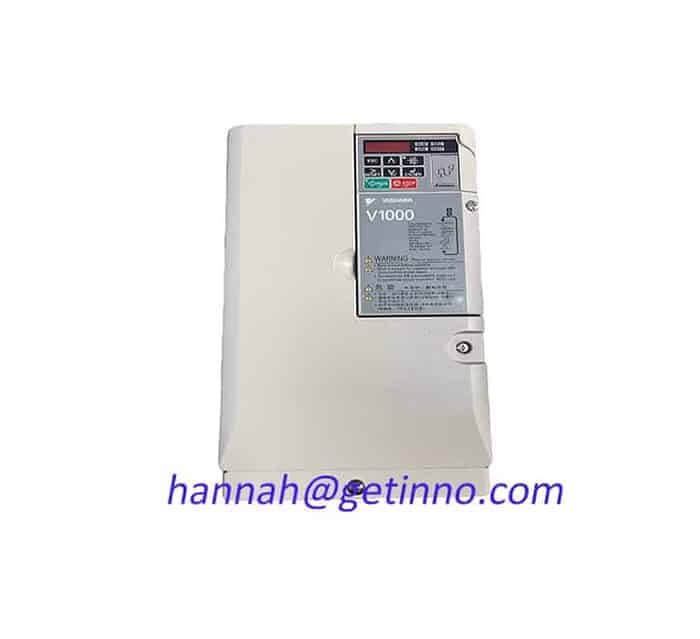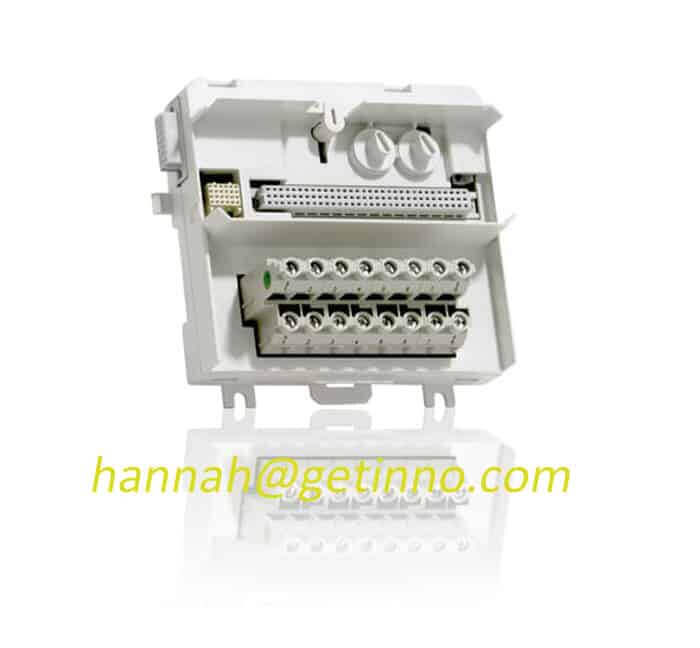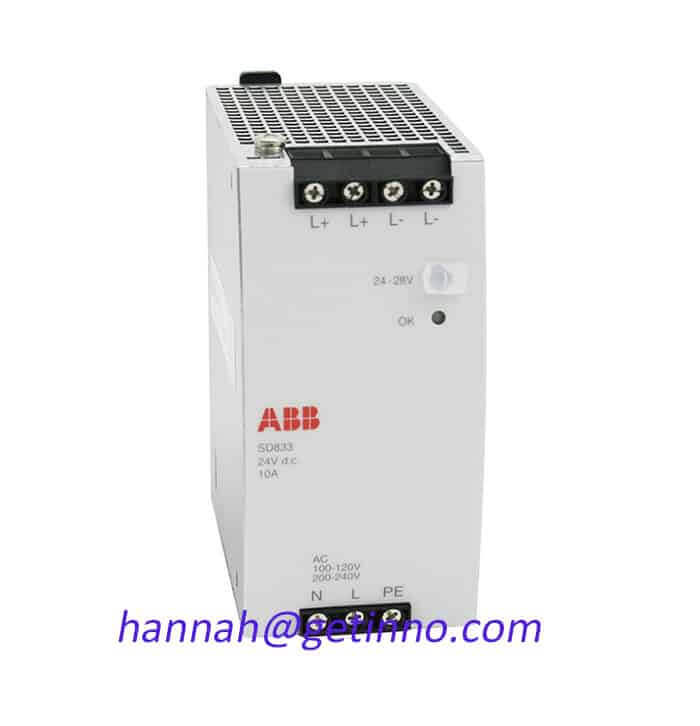A Plate Handling Workstation
Under the background of Made in China 2050 and Industry 4.0 “machine replacement”, China’s industrial production is transforming and upgrading from manufacturing to intelligent manufacturing. In this paper, industrial robots are introduced into the lead battery plate production line, a plate handling workstation is developed, and a PLC control system is designed to greatly improve the production efficiency of battery plates and realize automation.
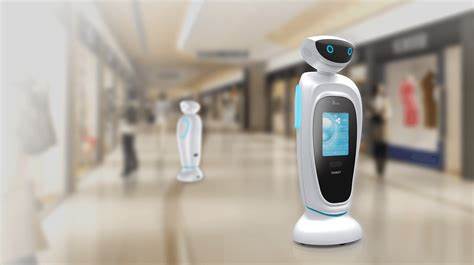
Lead-acid batteries are a kind of energy with mature technology and good safety performance. The development of industry and life fields, such as low-speed electric vehicles and communication equipment energy storage, etc. cannot do without lead-acid batteries, especially electric vehicles are an important measure to reduce air pollution. However, in the production of battery plates, large-scale enterprises in the industry mainly rely on manual labor, especially the loading and unloading of battery plates. The labor intensity is high, the handling efficiency of employees is low, and lead powder pollution is harmful to health. The body of personnel affects the working life of workers [1], and its development urgently needs industrial transformation and upgrading. In foreign countries, industrial robots have become a standardized equipment, forming some competitive famous companies, such as Sweden’s ABB, Japan’s FANUC, Yaskawa, Germany’s KUKA[2-3], occupying international and domestic markets. most share. In China, industrial robots are still in their infancy due to the constraints of core components and processes.
At present, Shenyang Xinsong, Guangzhou CNC Equipment Co., Ltd., Harbin Boshi Automation Co., Ltd. have made relevant research and breakthroughs in system integration and core components, and have made corresponding progress. At the same time, a large number of companies centered on industrial robot integration technology have emerged in China to carry out the integrated application of industrial robots, introduce foreign technology and combine actual production, and serve the manufacturing industry and fast-moving consumer industries. Industrial robot is a kind of high-end intelligent equipment that can imitate manual operation, programmable and automatic control. component. In the lead storage industry, the introduction of industrial robots can replace manual operations and greatly improve the production efficiency of battery plates, ensure production safety and improve the efficiency of enterprises [4]. Therefore, the research on the robot plate handling workstation has important practical significance for the automation, transformation and upgrading of the lead storage industry.
- 1.Design of robot plate handling workstation
At present, the application of industrial robots in production is mainly integrated in the form of robot workstations and robot work production lines. The handling robot workstation, its main task is for heavy objects, labor-intensive, and simple and repetitive handling and storage tasks [5], such as machine tool loading and unloading, stacking and palletizing, machine tool flexible lines, etc. According to the geometric characteristic analysis and process requirements of the battery plate, the plate robot handling workstation is designed and realized.
- Working principle of the workstation The robot plate handling workstation is composed of a handling robot, a battery plate conveyor, a plate holder and a control system. The robot workstation takes industrial robots as the core of its work. Both the plate conveyor and the plate frame are in the robot workspace. When working, the battery plate is transported by the plate conveyor to the positioning point at the end of the conveyor, and then waits for the robot to grab the battery electrode. After the robot receives the corresponding sensor signal, it will reach the position of the pole plate according to the pre-planned path. On the plate frame, instead of manual work.
- There are many indicators for the selection of workstation robots to measure industrial robots, including degrees of freedom, working space, positioning accuracy and repeat positioning accuracy, carrying capacity and maximum working speed, etc. The robot selection of the plate handling workstation mainly considers the following important indicators: (1) The degree of freedom index, which is a parameter to measure the flexibility of the robot’s movement, is an important indicator to measure the robot. The more degrees of freedom, the more flexible the robot. The degrees of freedom of industrial robots are 3-6. (2) Working space index, which refers to the working range of the robot, the maximum range that the robot wrist or end effector can reach. The larger the working space, the larger the robot’s range of motion. In motion control, pay attention to the limit position of the robot, and pay attention to the consideration of the grasping position and limit position.
- Bearing capacity index. The robot can bear the maximum load at any position within the working range, which depends on the quality, speed and acceleration of the load. At the same time, the quality of the end effector must be considered, so the robot’s carrying capacity is the maximum load of the end effector and the manipulator. The sum of crawl loads is even greater. (4) Positioning accuracy index, the deviation between the actual position of the robot and the ideal position, and the repeated positioning accuracy is to test the deviation value of a robot repeated several times under the same environment and conditions, and the deviation of the robot repeated to the same position many times The smaller it is, the higher the repeated positioning value of the robot. Through these indicators, the plate handling robot workstation can choose a 6-DOF industrial robot with large working space, strong carrying capacity, and high positioning accuracy as the robot body, design the corresponding mounting seat, and design the entire robot centered on it. Installation controls for workstations. At the same time, the robot with 6 degrees of freedom has high flexibility, which is convenient to complete the grasping of the polar plate and realize the trajectory planning of the complex path.
- Design of the end effector The design of the end effector of an industrial robot is generally a non-standard design for the target object. It is a key component of the robot that operates in direct contact with the target object. It can expand the scope of the working space and improve the work Working ability plays a very important role. There are electromagnetic type, pneumatic type, mechanical type, etc. Among them, the mechanical type can be divided into two-finger type and multi-finger type, and the two-finger type is divided into rotary type and translation type. According to the geometric shape of the battery plate, the end effector fixture can be grasped by a pneumatically driven translational two-finger gripper. The pneumatic drive has the advantages of fast response, flexibility, and clean power. The translation range must be greater than The transverse dimension of the plate.
- Battery Plate Conveyor The battery plate conveyor consists of brackets, conveying chains, conveying slots, and plate positioning plates, among which the conveying chains are installed in several chain slots of the frame. When working, the three-phase asynchronous motor drives the main shaft to move, and then the chain transmission mechanism transmits the battery plates placed on it. With chain transmission, the battery plate runs smoothly when starting up without slipping, and it is suitable for long-distance transportation and harsh environments.
2 control system
The main functions of the electrical control system of the robot plate handling workstation include: ①Industrial robot teaching, debugging, programming and automatic operation; PLC and man-machine interface interaction and parameter setting; ④ Realization of the entire plate handling workstation.
2.1 Plate Workstation Control System Composition The control system of the plate handling workstation includes: ①PLC control system; ②Robot control system; ③Teaching device. Its main system uses PLC as the control core. The I/O signal module of the robot controller and the PLC communication module can communicate directly or indirectly. The plate signal on the battery plate conveying chain and the plate end effector signal are also transmitted through the PLC. Send the signal to the robot. When working, the handling robot runs normally according to the manual teaching program, and is controlled by PLC at the same time.
(1) Robot teaching device, robot programming includes offline programming and teaching programming, and teaching reproduction is a widely used programming method for robot programming. The staff observes the technological process of product production, and then debugs the action posture, working path, motion parameters and process parameters of the industrial robot according to the production practice, and completes the robot programming teaching according to the required task requirements. Throughout the programming process, the robot teach pendant is an important programming device through which the robot is controlled. (2) The core of the robot controller is a multi-axis motion control platform, which realizes the joint servo control of the multi-axis robot, and at the same time, the corresponding robot-specific port and robot general-purpose port and PLC carry out information transmission, and at the same time set the corresponding bus control and Ethernet Network control port for easy communication with external devices. (3) PLC control cabinet, which takes PLC as the control core, and integrates the robot control cabinet, sensor system, and human-machine interface. The realization of the entire handling system mainly depends on the debugging and realization of PLC logic control, which is very important. effect.
2.2 Control software design The control software design of the robot workstation is centered on PLC. According to the working principle of the handling workstation, first use the teaching pendant to plan the trajectory path of the robot, consider the kinematics and dynamics performance required by the robot when handling the plate, and work in the most comfortable posture. After the trajectory teaching of the robot is completed, according to the robot grabbing the actuator plate preparation, the plate is in place, grabbing, the robot is transported to the plate frame for placement, and the whole process of re-starting after the placement is completed, and then the program design and implementation. The design of the whole system program includes system initialization, manual operation, automatic operation, signal display system and system reset.
(1) System initialization: When the entire control system is turned on, press the initialization button, and all the execution actions of the robot handling workstation will return to the original position in advance according to a certain sequence, so that the robot workstation is in a ready-to-run state and ready to start working at any time. (2) Manual operation: The robot can teach the trajectory path on a single machine to complete the optimal planning of the path. Manual operation is used to debug each function block of the entire robot. By manually running the module, the opening and closing action of the grasping actuator can be debugged, so as to adjust the grasping force of the polar plate. At the same time, it can also realize the joint operation and debugging operation of the whole machine after grabbing, so that the robot, end effector and plate conveying frame can reach the best state.
(3) Automatic operation: The automatic operation state is the continuous working state of the whole machine. Once the parameters are set, it will enter the automatic operation state under normal circumstances. The handling industrial robot can automatically complete the battery plate grabbing, handling, and placing cycles. To realize the automation of production, it can be started by the button or the start on the touch screen, and stopped after receiving the stop command. The program design can adopt step sequence control, and realize the handling work of the industrial robot plate according to a certain production process. (4) Signal display system and reset system: Through the signal display, the operation of the system can be observed, and the status of each function can be observed, and the progress and status of the program operation and the handling quantity of the plates can be judged through the signal display. At the same time, once a fault occurs, the fault problem can be prompted through the alarm light, the fault point can be quickly found through the touch screen display system, and the corresponding reset system can be used to reset.
2.3 Human-machine interface design The design of the human-machine interface mainly realizes the human-computer interaction between the control system of the handling robot and the human through the touch screen and configuration, and realizes the control of the handling robot by the human through the exchange of information. With the development of information technology, the traditional pure button operation platform is gradually replaced by the touch screen, which can overcome many problems such as cumbersome wiring and many buttons. At the same time, with the development of configuration technology, it is possible to build a corresponding control system interface suitable for industrial production, including functions such as start, stop, cycle, stand-alone and counting, and at the same time make a system interface with better corresponding effects. In this paper, Kunlun Tongtai’s touch screen is selected as the human-computer interaction interface, and the control requirements of the robot workstation are realized through the integration of Kunlun’s MCGS configuration software. According to the requirements of the robot workstation’s functions and control tasks, configure the corresponding object definition, edit attributes and status characteristics, etc. , at the same time make a configuration screen to display status signals and a series of man-machine operations. The human-machine interface completes the connection between the control hardware and software, and establishes a control and communication platform between the operator and the monitoring layer, which is convenient and flexible in the robot handling work.
Links: 3bse013235r1 3bse081637r1
Pre: Industry Robot Coopearating with Univ... Next: Development of CNC Machine Tools

